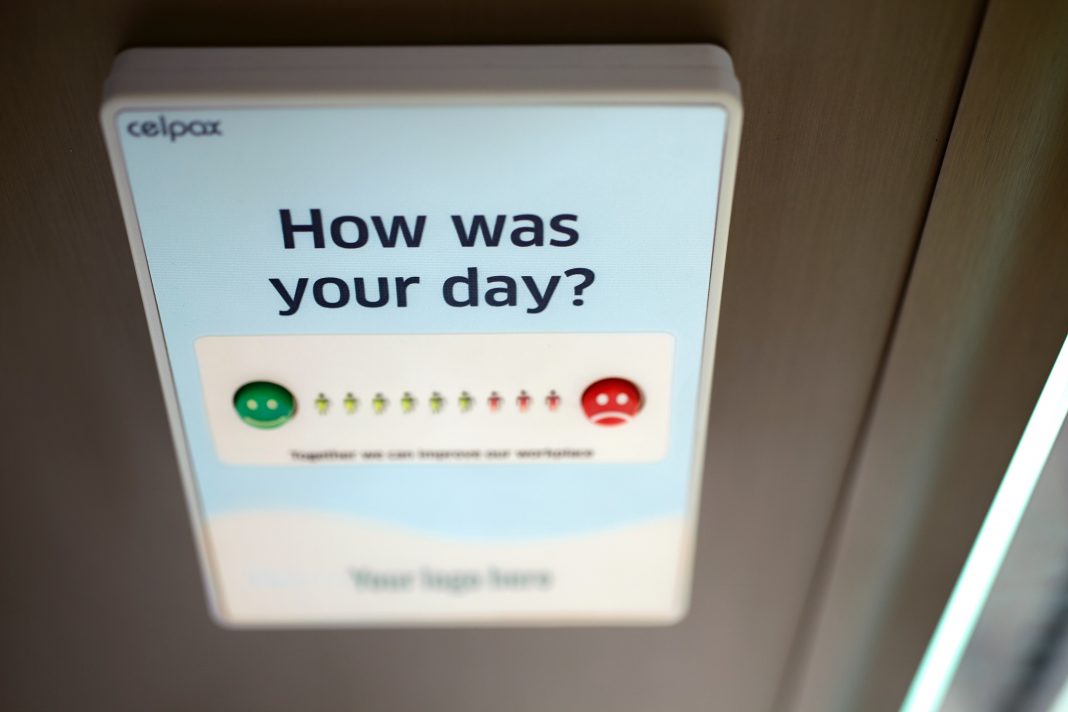It’s the most common reporting error I see.
Just this week, I was listening to a fantastic interview with the head of a marketing company. The interviewee had successfully engineered a marketing strategy that had delivered a bucket-load of business leads in the space of a few short weeks.
There was much to learn from the conversation indeed, but one small detail stood out.
Bounce rate is never 1%
Bounce rate is a favourite metric of marketing teams and executives across the land.
For the uninitiated, bounce rate is a metric derived from website and app tracking platforms such as Google Analytics.
What is a ‘bounce’?
A bounce is when someone lands on your website or app and leaves again immediately. They ‘land’ and then ‘bounce’ right back out.
Bounce rate is a useful measure of success (or failure) for many reasons, here are some of them:
- A high bounce rate can mean people don’t like what they see
- Somewhat confusingly, a high bounce rate can also suggest that people really like what they see in the sense that it’s so good, they get the information they need without going to any other pages (for example, think telephone number on a contact page)
- A low bounce rate can mean that your user journey is so clear, people know where to click next
- A low bounce rate can indicate that your proposition is clear
- A low bounce rate can indicate that you are speaking to the correct audience
Bounce rate is the type of metric that’s so alluring, green marketers use it to season reports of all kinds.
Why can’t bounce rate be 1%?
Back to the interview. Whilst discussing the immensely successful marketing campaign the interviewee had been running, the interviewer asked for some hard numbers.
Things such as; 1,000 people contacted, 300 answered, 50 to follow up on. Inevitably, attention turned to the marketer’s website where pageviews had been on the up and, you guessed it, bounce rate was very low.
‘How low?’ – 1.something%.
To an unsuspecting listener, that sounds amazing; ‘I wish I had a bounce rate that low’.
The thing is, nobody has a bounce rate that low. A bounce rate around 1% isn’t a healthy KPI, it’s a reporting error.
To put it another way; you haven’t installed your tracking software correctly.
Common reasons for a (worryingly) low bounce rate
The most common reason for a 1% bounce rate is that you’ve installed your tracking code more than once.
It works like this; you add your tracking code, you add it again – when a user visits your website or app, each page they view ‘fires’ the tracking code twice which registers two pageviews into your analytics software.
When this happens, nobody ‘bounces’.
There are many common reasons why this happens, here are the ones I see the most of:
- You’ve added your analytics code manually and also via a website plugin (usually happens on WordPress sites)
- You’ve simply added the analytics code to each page twice (this one happens when large teams are involved)
- You’ve setup a ‘tag manager’ to manage all of your tracking codes but forgot to remove the original tracking code when you set up the tag manager
Each of these results in each person visiting your website to trigger multiple views with each page they visit. The result is that your key metrics of pageviews and bounce rate become incorrect.
That’s exactly what had happened to the interviewee, who had unwittingly added two tracking scripts to their website.
Never trust a low bounce rate
So, if like the interviewee, you too are cooing about your exceptionally low bounce rate, I’m sorry to burst your bubble, but it’s not correct.
When it comes to bounce rates, if it sounds too good to be true, it probably is.











